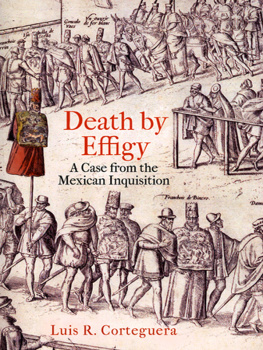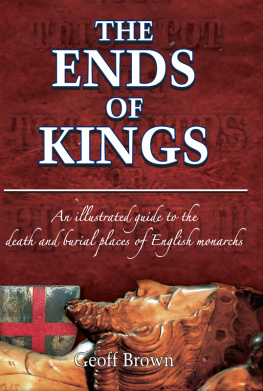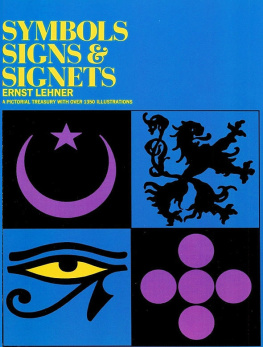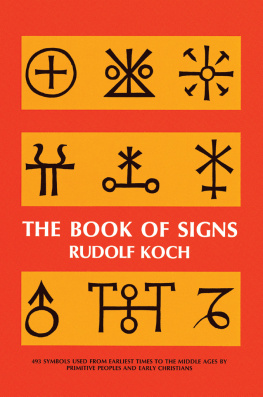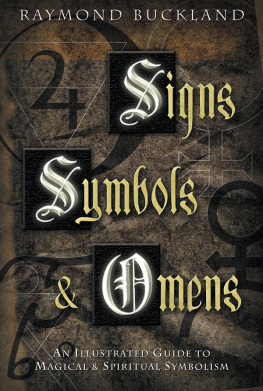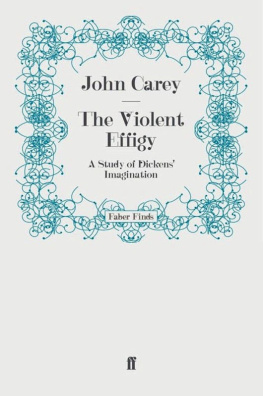Luis R. Corteguera - Death by Effigy: A Case from the Mexican Inquisition
Here you can read online Luis R. Corteguera - Death by Effigy: A Case from the Mexican Inquisition full text of the book (entire story) in english for free. Download pdf and epub, get meaning, cover and reviews about this ebook. year: 2012, publisher: University of Pennsylvania Press, genre: Detective and thriller. Description of the work, (preface) as well as reviews are available. Best literature library LitArk.com created for fans of good reading and offers a wide selection of genres:
Romance novel
Science fiction
Adventure
Detective
Science
History
Home and family
Prose
Art
Politics
Computer
Non-fiction
Religion
Business
Children
Humor
Choose a favorite category and find really read worthwhile books. Enjoy immersion in the world of imagination, feel the emotions of the characters or learn something new for yourself, make an fascinating discovery.
- Book:Death by Effigy: A Case from the Mexican Inquisition
- Author:
- Publisher:University of Pennsylvania Press
- Genre:
- Year:2012
- Rating:5 / 5
- Favourites:Add to favourites
- Your mark:
Death by Effigy: A Case from the Mexican Inquisition: summary, description and annotation
We offer to read an annotation, description, summary or preface (depends on what the author of the book "Death by Effigy: A Case from the Mexican Inquisition" wrote himself). If you haven't found the necessary information about the book — write in the comments, we will try to find it.
On July 21, 1578, the Mexican town of Tecamachalco awoke to news of a scandal. A doll-like effigy hung from the door of the towns church. Its two-faced head had black chicken feathers instead of hair. Each mouth had a tongue sewn onto it, one with a forked end, the other with a gag tied around it. Signs and symbols adorned the effigy, including a sambenito, the garment that the Inquisition imposed on heretics. Below the effigy lay a pile of firewood. Taken together, the effigy, signs, and symbols conveyed a deadly message: the victim of the scandal was a Jew who should burn at the stake. Over the course of four years, inquisitors conducted nine trials and interrogated dozens of witnesses, whose testimonials revealed a vivid portrait of friendship, love, hatred, and the power of rumor in a Mexican colonial town.
A story of dishonor and revenge, Death by Effigy also reveals the power of the Inquisitions symbols, their susceptibility to theft and misuse, and the terrible consequences of doing so in the New World. Recently established and anxious to assert its authority, the Mexican Inquisition relentlessly pursued the perpetrators. Lying, forgery, defamation, rape, theft, and physical aggression did not concern the Inquisition as much as the misuse of the Holy Offices name, whose political mission required defending its symbols. Drawing on inquisitorial papers from the Mexican Inquisitions archive, Luis R. Corteguera weaves a rich narrative that leads readers into a world vastly different from our own, one in which symbols were as powerful as the sword.
Luis R. Corteguera: author's other books
Who wrote Death by Effigy: A Case from the Mexican Inquisition? Find out the surname, the name of the author of the book and a list of all author's works by series.

